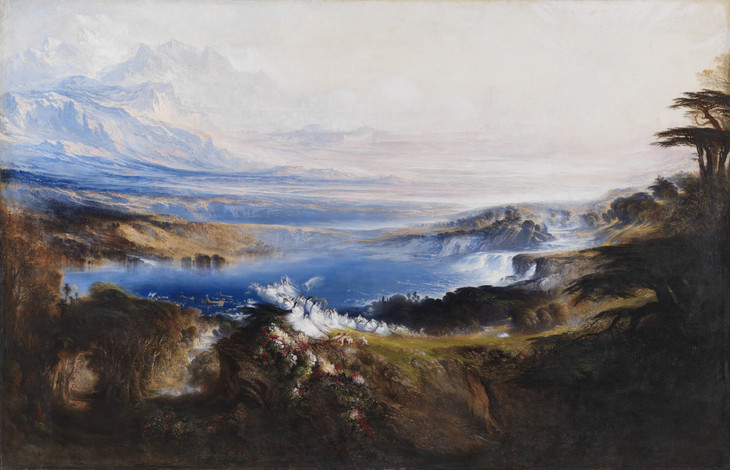
selecting- all ended up darker than i’d like

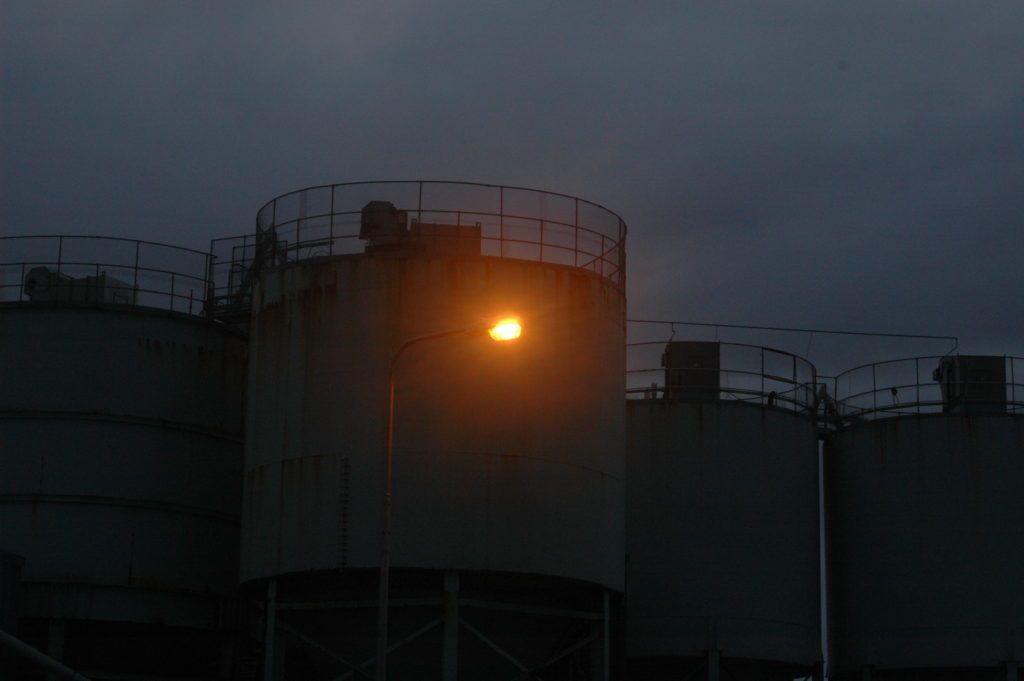
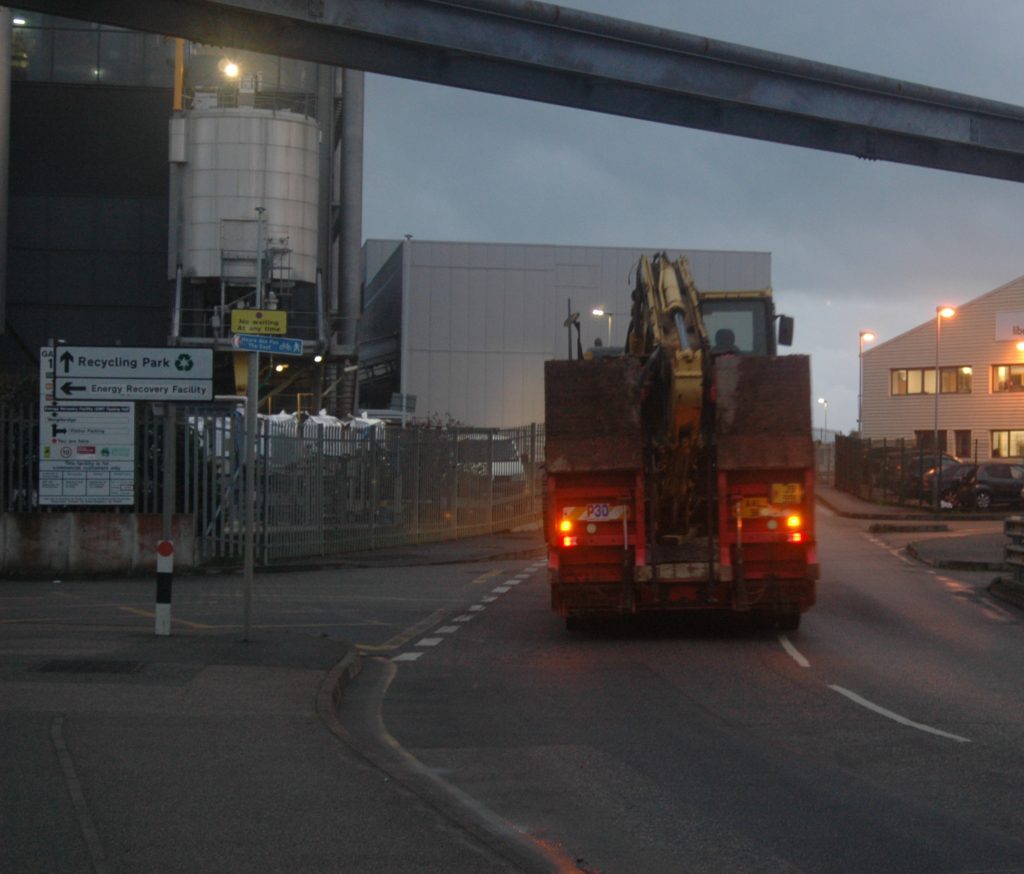
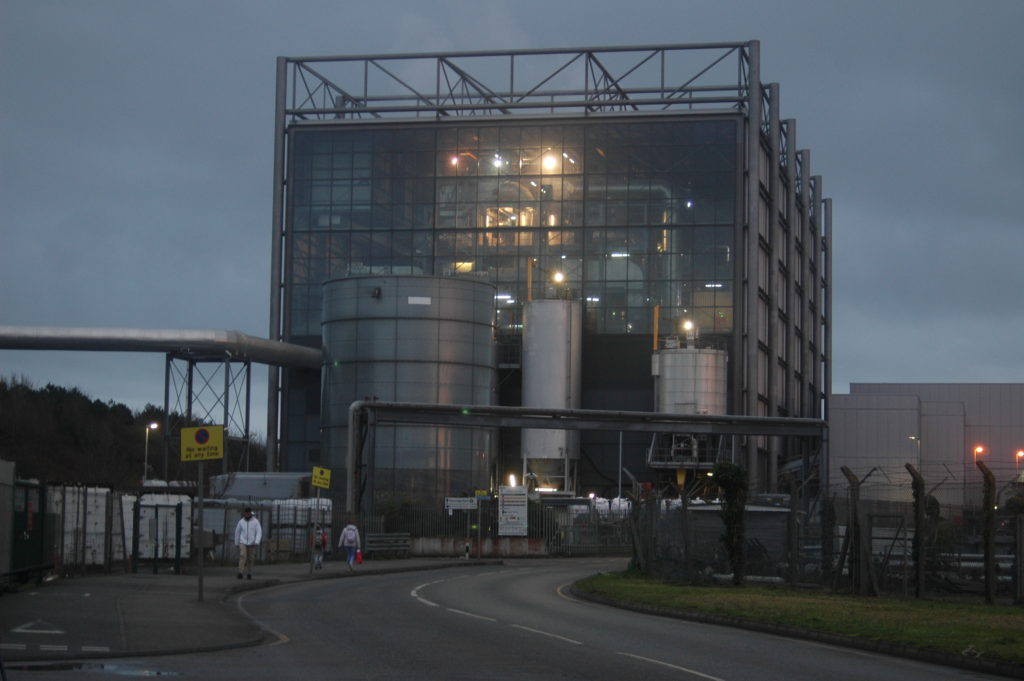
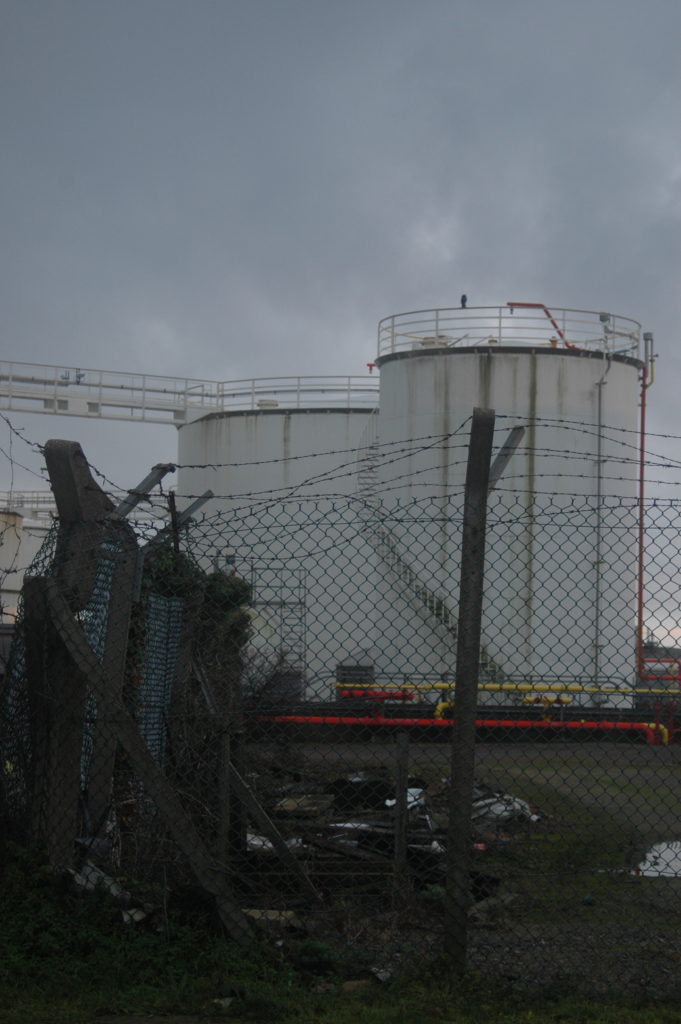

selecting- all ended up darker than i’d like





The idea for this photoshoot was how we are so used to seeing plastics in our daily life and the sheer amount of it. I wanted to take photos through plastic to express this and I was inspired by Stephen gills talking to ants series.
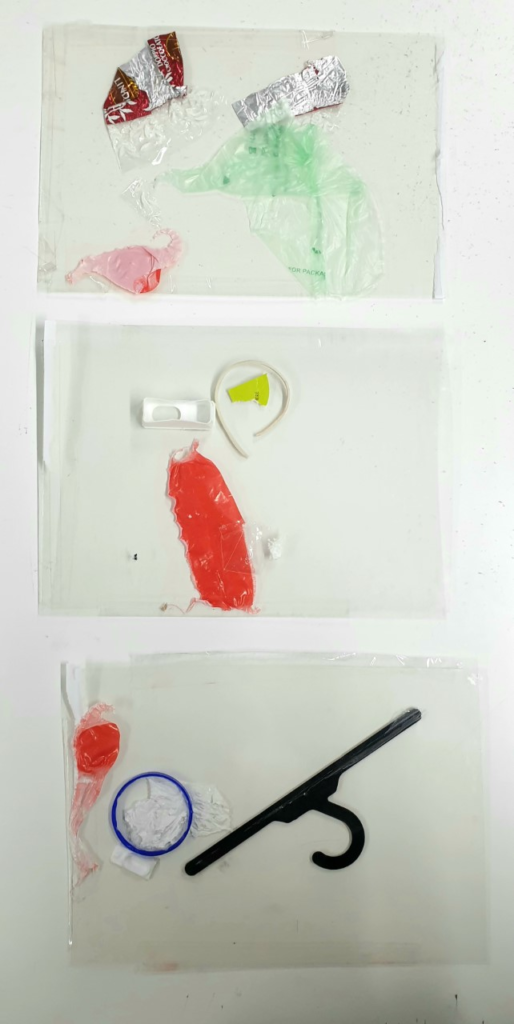
To recreate how Stephen Gill put the materials he wanted to capture inside his camera I created small pockets out of clear plastic by taping them together. I then put the plastic I had found outside and around the house inside to hold them in place and allow me to take photographs through them by holding them up to the lens.

Gill was born in Bristol in 1971 he had an interest in photography from a young age and collecting pond life to look at under his microscope. Stephen Gill combined conceptual and documentative photography a lot of it focusing on his local side of east end London.

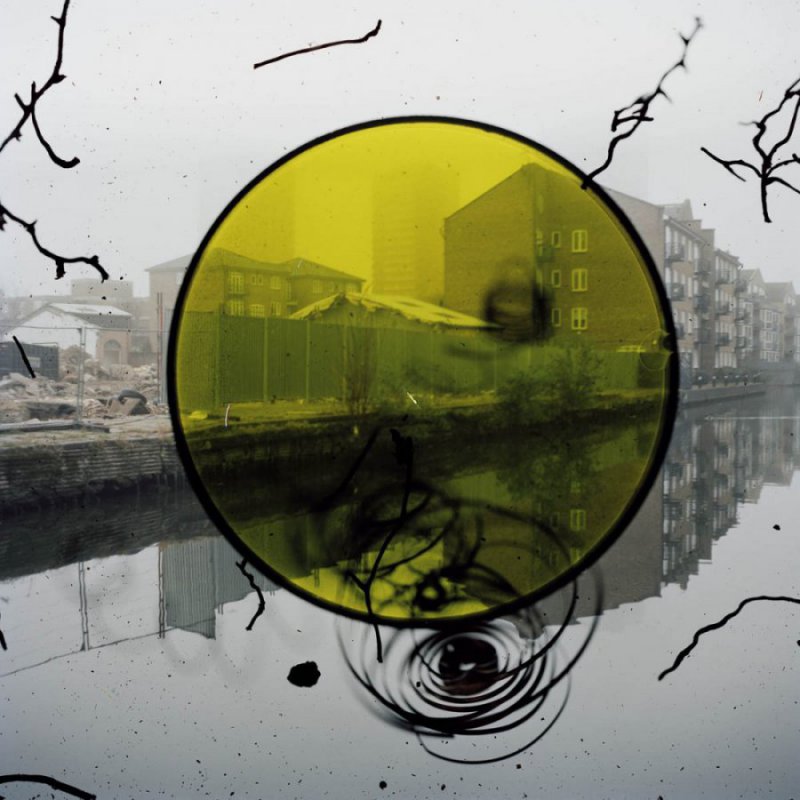
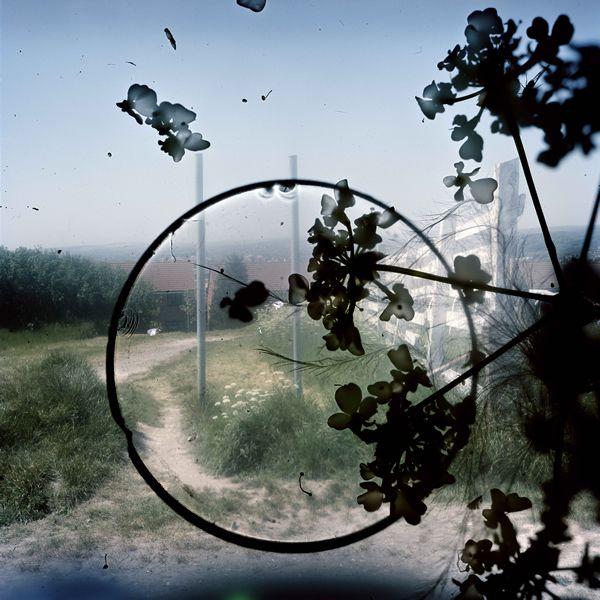
Stephen gills ‘talking to ants’ series was created in East London between 2009-2013 he collected objects and litter from his local east london surroundings and put them inside the film chamber of his camera exposing the image and the materials inside and the image outside simultaneously creating what he called “incamera photograms”. The contents in the camera being underexposed making striking lines contrasting the over exposed background. The composition was left up to chance as he could not adjust the items once in the camera – alot of gills photography imploys an aspect on chance as seen with his work ‘The pillar’ where he use a censor on the camera that took pictures without him being there using it to capture images of birds.
“photography is often about control. I want to loose control.”
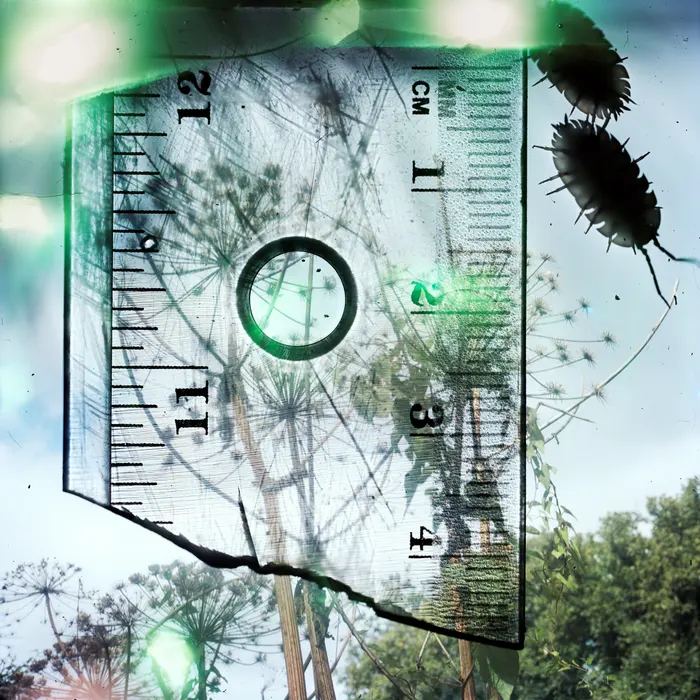
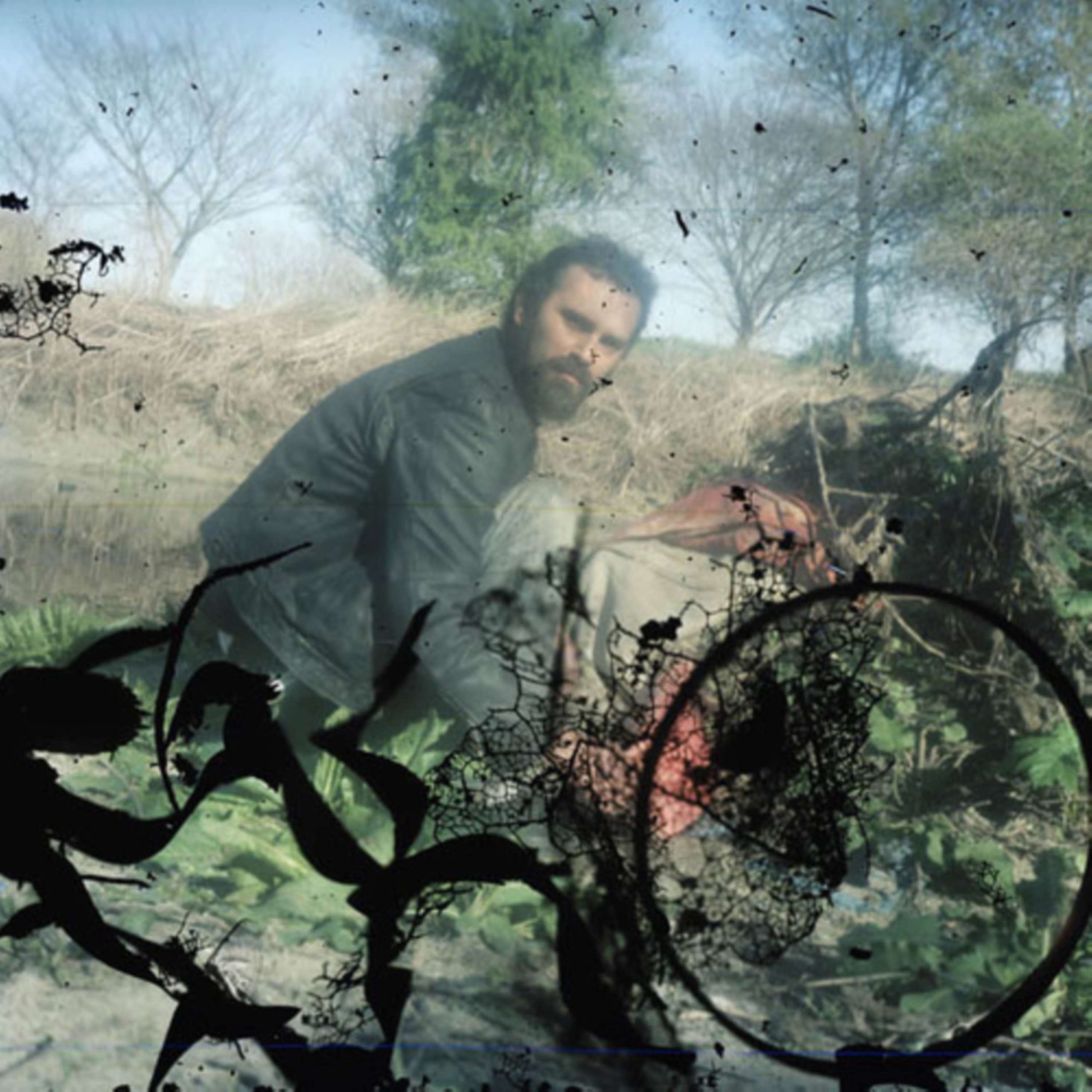
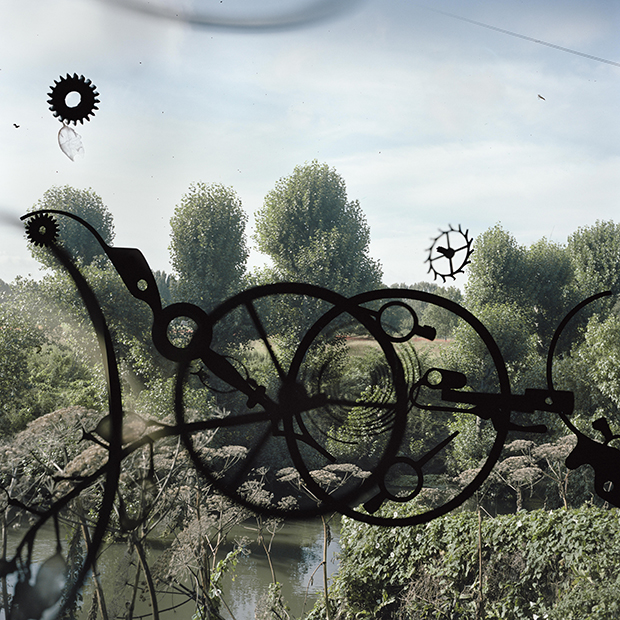
The assortment of objects at the forefront placed inside the camera create flat dark lines with straight and harsh edges contrasting against brighter almost overexposed naturally lit background. The colours used in the background are neutral green and earth tones whilst the plastics are often bright unnatural colours.
I plan to do two photoshoots, one outside inspired by Stephen gill and the other the studio with reference to Vilde Rolfsen.
Photoshoot 1

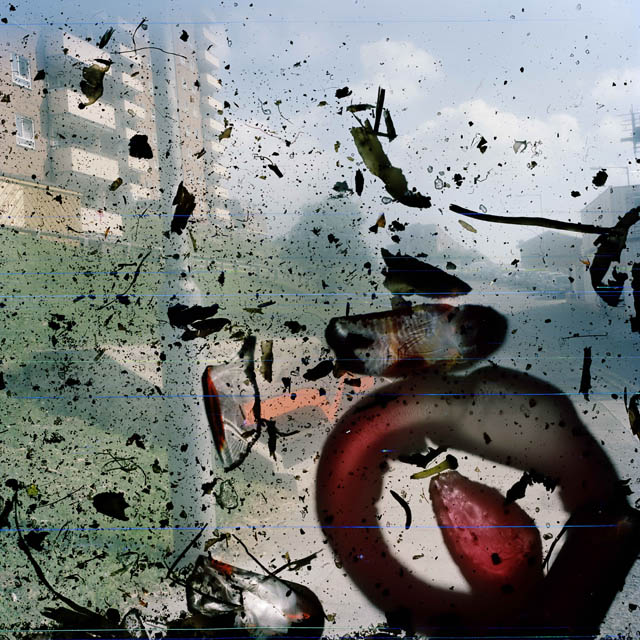
I want to collect plastic off the beaches, street, and from my house and take pictures of the local landscape through them. Stephen Gill actually put the materials inside his camera but instead I will use clear plastic sheets and bull clips to hold in front of the lens. I want to take the photos in bright natural light on the beach.
WHERE- various beaches- st aubins as it is closest
WHEN- midday- for bright light
WHAT- landscape + collected plastic
HOW- Using aperture priority
Photoshoot 2
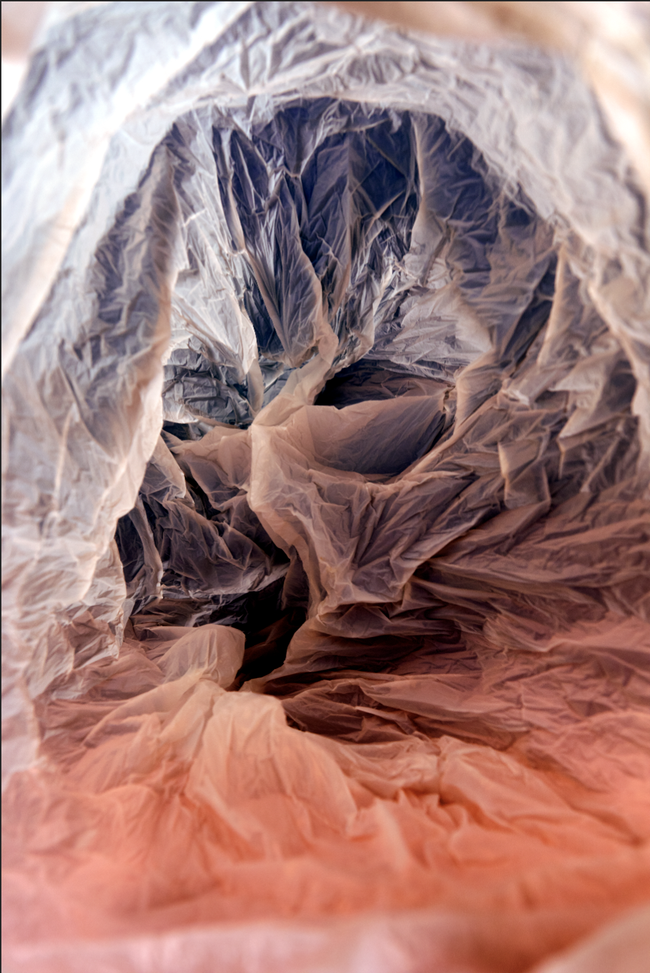

For the second photoshoot want to focus more on recreating Vilde Rolfsen’s ‘Plastic bag landscapes’ but I want there to be an element of portraiture – faces and hands seen through the transparent plastic bags. I will use the studio lights to backlights the bags to create silhouettes underneath.
WHERE- studio
WHEN- Anytime using studio lights
WHAT- plastic bags, portraiture
HOW- using aperture priority settings to create depth of field



Selecting-
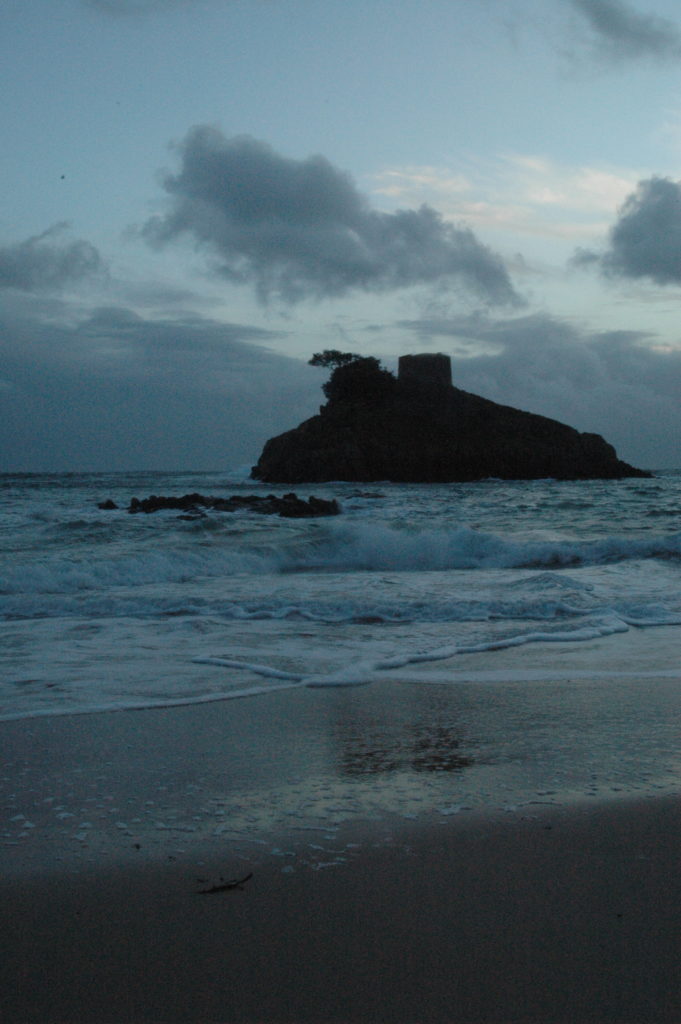
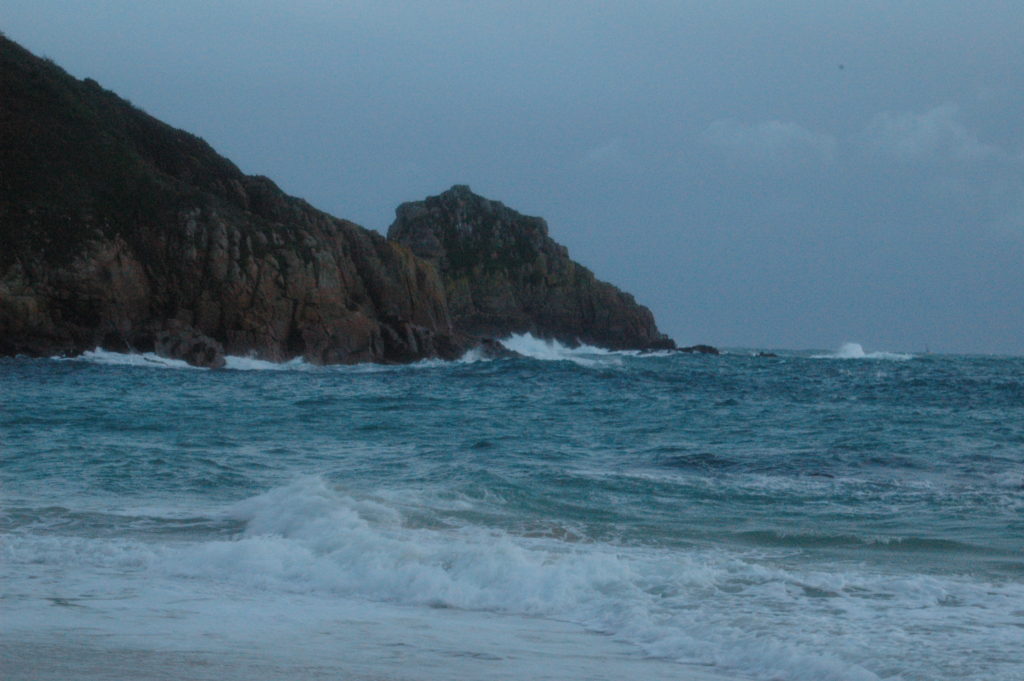
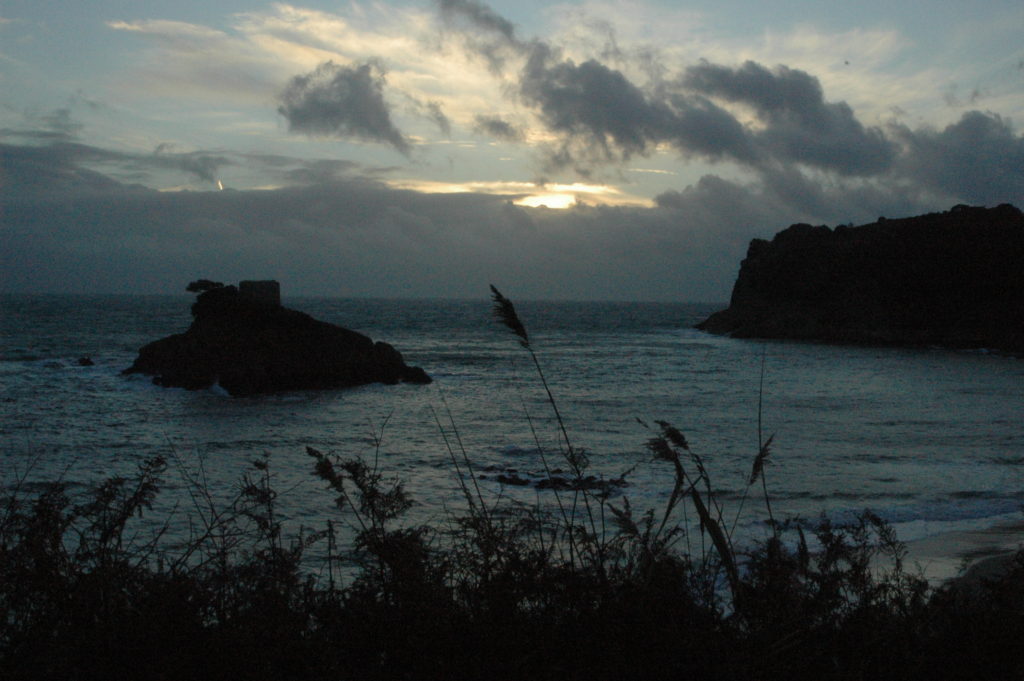


WHERE – Portlet bay
WHEN – Afternoon/Sunset
WHAT – Dramatic natural landscapes – oceans, cliffs
HOW- Using aperture priority settings to create dramatic lighting
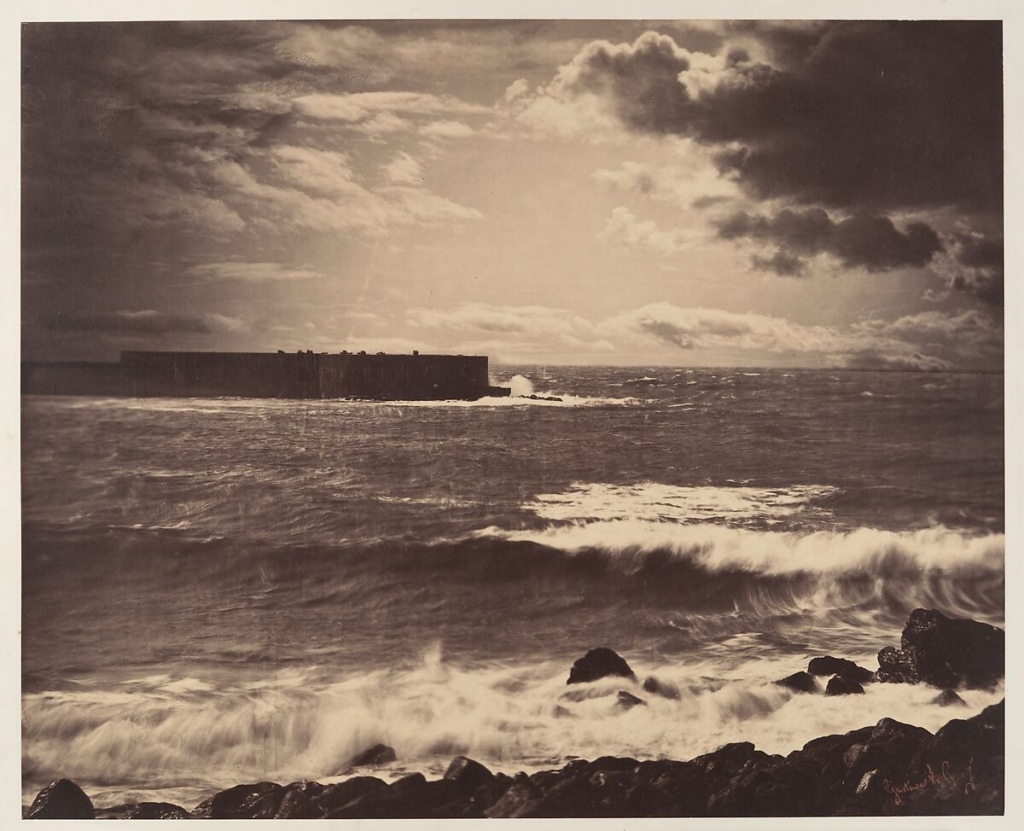
Gustave le Gray was born in 1820 in Val-d’Oise France and was a central figure in French photography know for his technical innovations in photography such as his improvement on paper negatives and the wet collodion method to create a print on a glass plate. his image “The Great Wave” is an example of ‘constructed seascape’ it has the sea taken from one photo and the sky from another melded together.
Dafna Talmor created seascapes by collaging and montaging colour negatives.
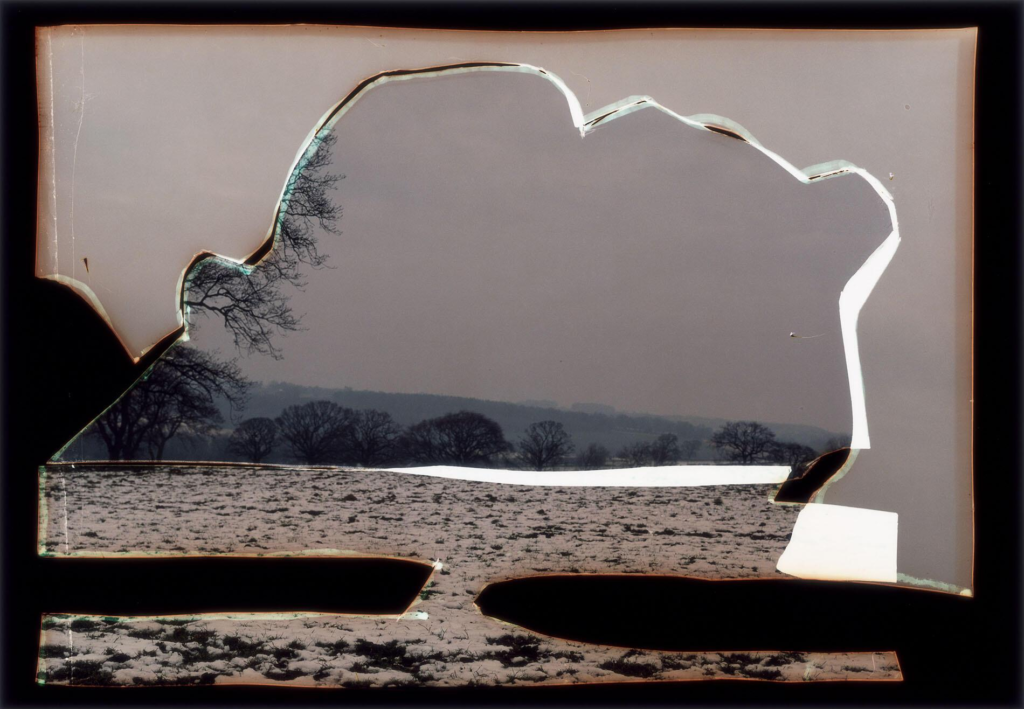
Both could be described as a landscape. What landscapes do they describe?
Gustave le Gray creates realistic landscapes that look as if they go together creating a sense of grandeur and have a more romantic approach. Whilst Dafna Talmor’s focuses more on the shape of the rift created to stick them back together, with plain and desolate landscapes in the background. Both photographers feature the sea in their work creating seascapes from multiple images.
What differences do you notice?
Dafna Talmor created defined lines where it is apparent that the photo has been altered leaving negative space between images to create abstract shapes and patterns where as Gustave le Gray used what he called Combination printing using one image of the sea and another of the sky and blending them seamlessly into one another. Gustave also took more classic landscape images whilst Talmor takes closer abstract images creating desolate looking landscapes.
What similarities do you notice?
Both photographers create new landscapes by splicing negatives together. The sea is a prominent feature in both photographers work.
New Topographic was the reaction to the post war suburbanisation of America documenting the growing unease with the natural landscape being eroded by industrial development it rejected the peaceful sublime photos of Ansel Adams and other ‘pure’ Photographers in favour of capturing man-made structure contrasting with the natural land scape straying from romanticism instead focusing on the stark industrialised scenes of the American west.

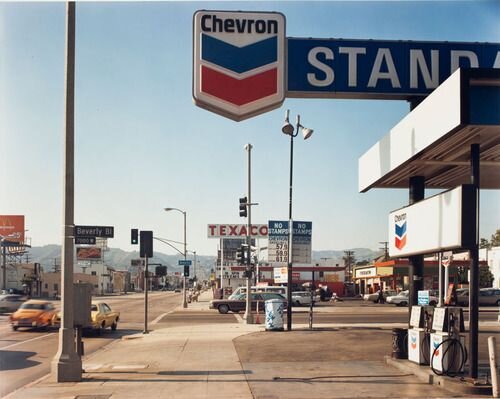
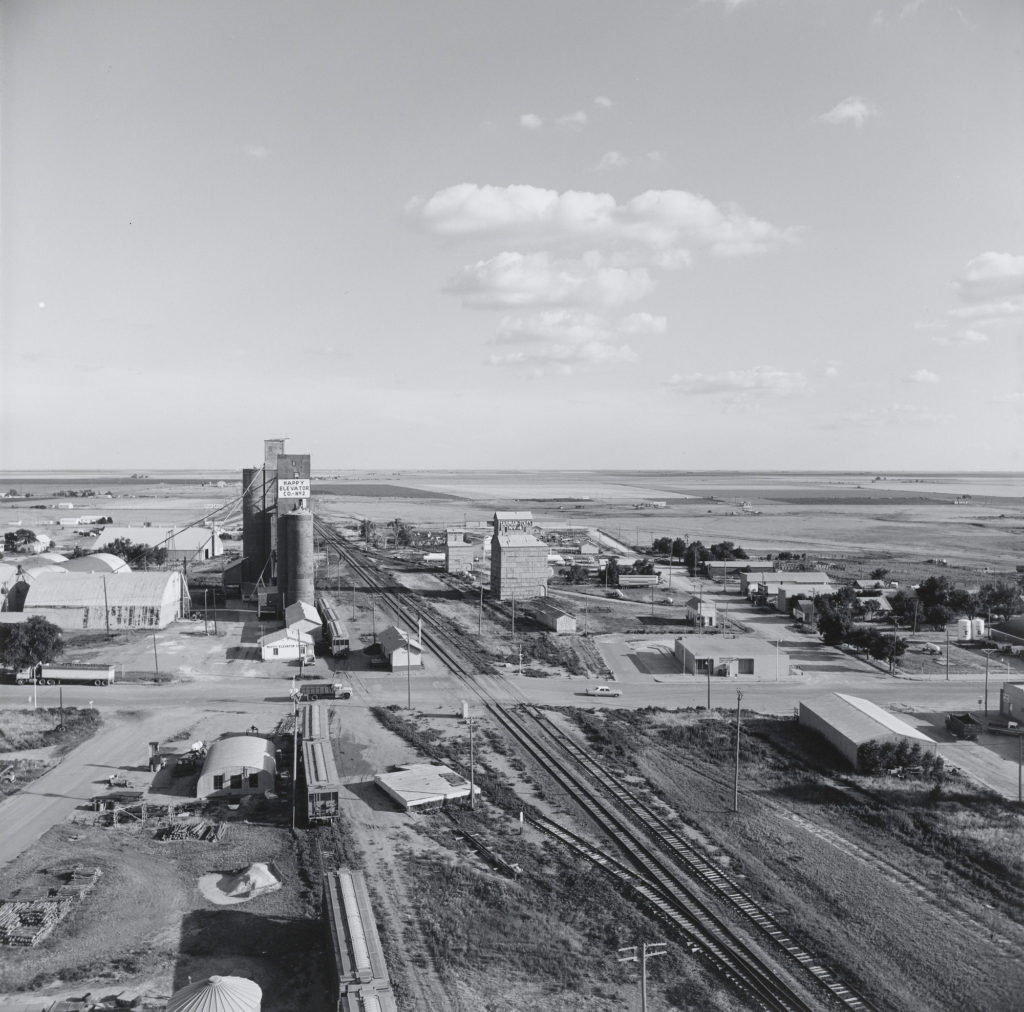
A Topograph is the Graphic representation of the surface features of a place or region on a map. ‘New Topographics’ focuses on the base representation of the industrial mixing with the natural landscape with the goal not to be skewed by romanticiation or artistic beauty. inspried by new objectivists like Albert Renger Patch New Topographics depicted everyday scenes and the mundane of daily life but free from distraction forcing the viewers to look at the suburbanization and urban desolation around them.
The 1975 New Topographic exhibition lead by William Jenkins which contained the works of eleven photographers to each show ten prints- Robert Adams, Bernd and Hilla Becher, Lewis Baltz, Joe Deal, Frank Gohlke, Nicholas Nixon, John Schott, Stephen Shore, and Henry Wessel Jr. Jenkins described in the show catalogue “a problem of style:” “stylistic anonymity“ the hope to achieve an absence of style.

Lewis Baltz’ photography consisted of the search to find beauty in stark bleak landscape reflecting human control by photographing common architecture factories, car parks, stations ect.
New topographers often focused on line as buildings have harsh unnatural lines that contrasted with the sloping + flowing landscape.

Ansel Adams was an American photographer born in 1902 known for his black and white photos of American landscape. Adams most prevalent work comes from his focus on capturing the untouched wilderness of the American west.
Adams helped found the photography group f/64 which was a society founded in the 20th century made up of photographers advocating for ” pure” photography favouring detailed and sharp, focused images that used the full tonal range of the camera. The name f/64 refers to the smallest aperture of a large formatting camera.
Ansel Adams commonly practised a technique he called visualisation the action of interpreting and fully looking at a scene with your eyes before taking the photo. it is a form of visual assessment of what you are seeing then choosing the most significant places within the image to frame and recognising the tonal values and highlighting them.
“We must explore what lies before our eyes for its significance, substance, shape, texture, and the relationship of tonal values. We must teach our eyes to become more perceptive.” – Adams’ description of visualisation.

Adams created the zone system was created to represent and ensure the tonal range found within a black and white print was used and as a way of working to achieve proper exposure, with 0 being pure black with no detail and 10 being white with no detail.
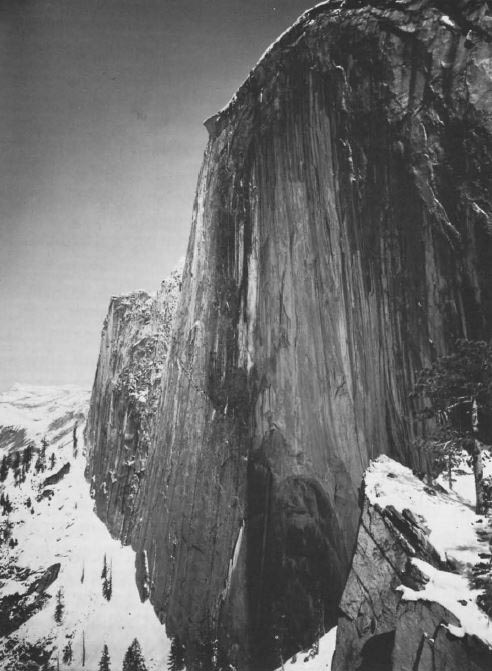

Monolith, The Face of Half Dome, 1927
On April 10th, 1927, Ansel Adams set of along the Yosemite’s LeConte Gully to create a picture of the iconic half dome in the Yosemite National Park. Adams originally used a Korona View camera fitted with a yellow filter exposure but swapped it for a red filter which darkened the sky and created deeper shadows with lighter highlights.
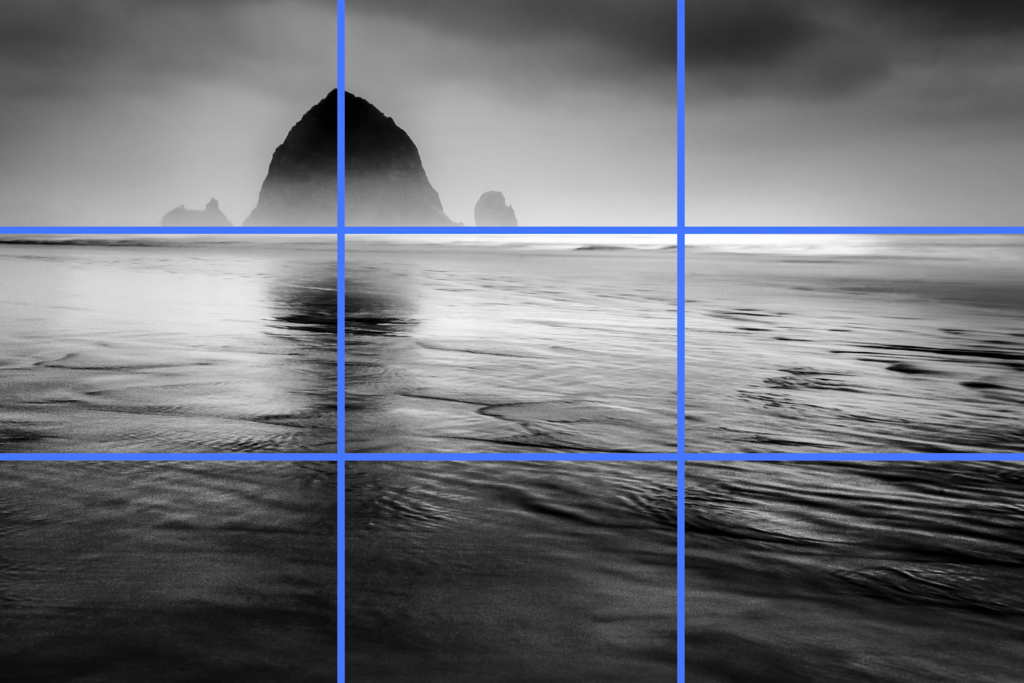
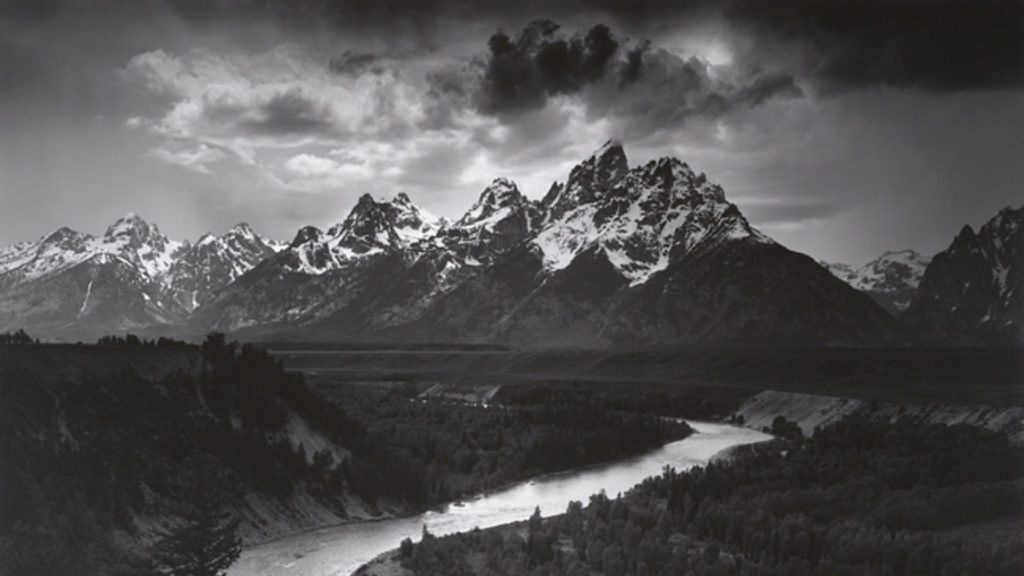
Adams commonly practiced the rule of thirds the idea of balancing a image compositionally by splitting it into thirds both diagonaly and horizontally.
What is romanticism?
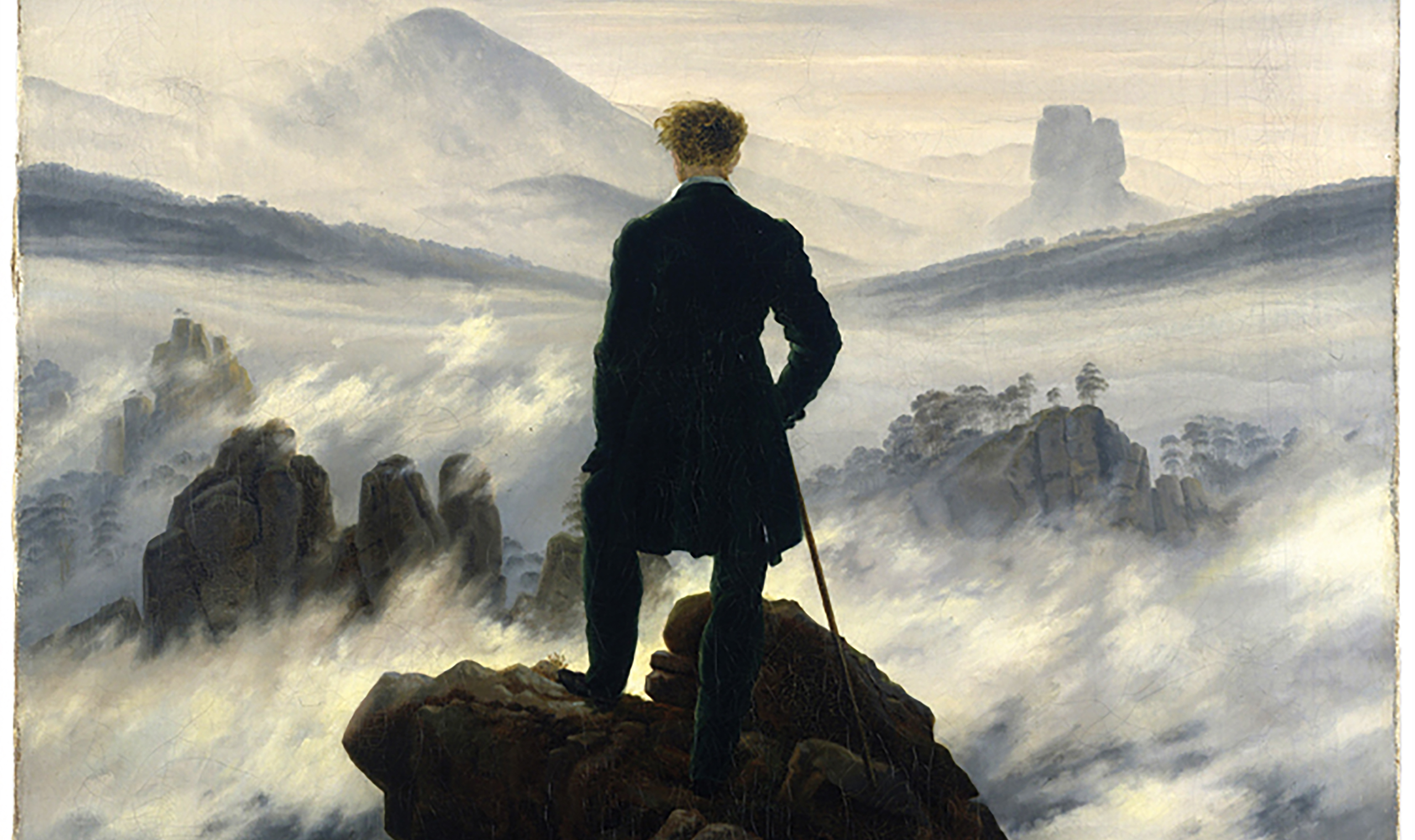
Starting in the 18th century romanticism was the rejection to the rationalism of the ‘enlightenment’ (the movement of science and industrialisation) sparked by the French Revolution in favour of the irrational and the imaginative arts, admiring the awe of nature, and the childlike emotive qualities of people that were lost in the enlightenment. The Romantic artists tended to depict themes of nature, imagination, extreme emotions, doomed love, and the Revolutions in a glorified romanticised light.
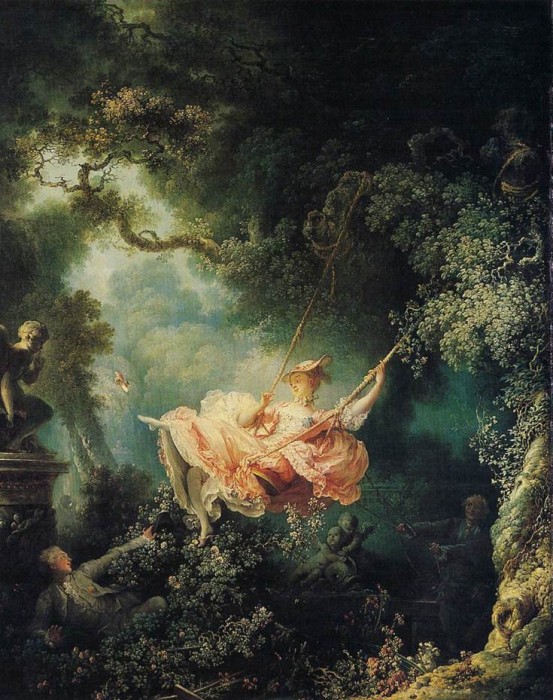
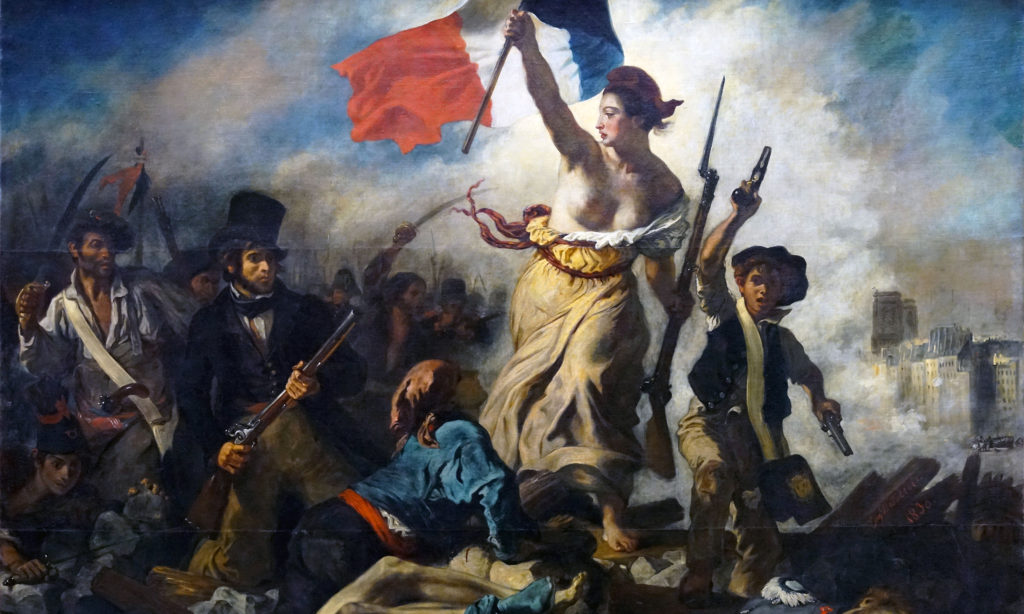
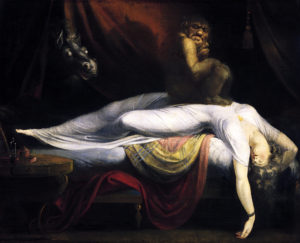
The sublime

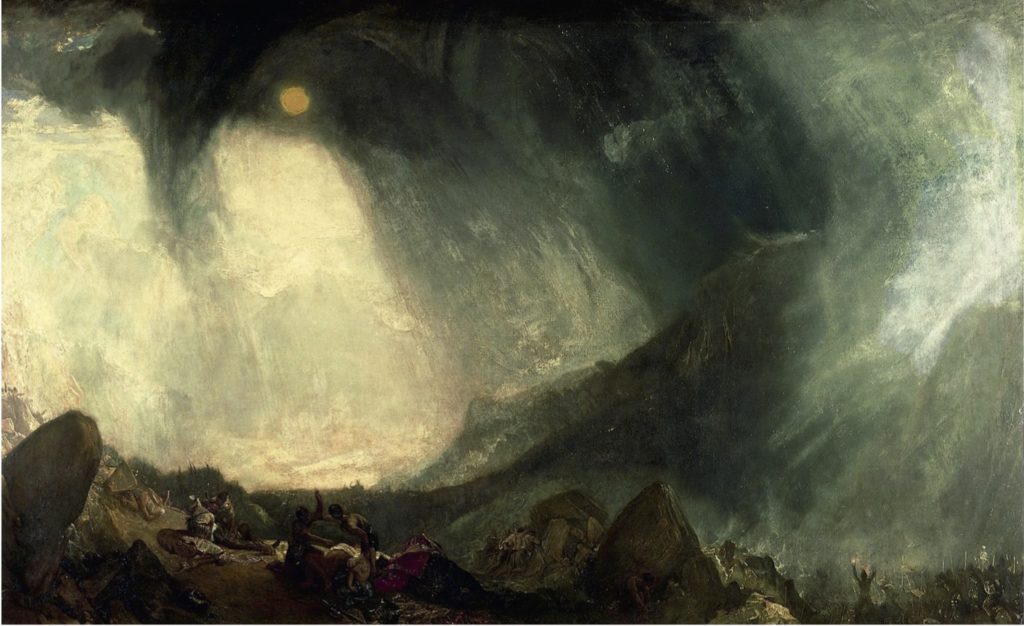
In history sublime was used to describe the idea of grandeur and the extraordinary. Artist often painted large scenes of sweeping clouds or huge mountains making humanity seem small and insignificant in comparison with nature.
Edmund Burke’s “A Philosophical Enquiry into the Origin of Our Ideas of the Sublime and Beautiful” provided an explanation for what both the sublime and the beautiful means with the Beautiful- being the well informed and the aesthetically pleasing, whilst the sublime is described as “that which has the power to compel and destroy us.” Burkes work was heavily criticised by the German philosopher Immanuel Kant as the book did not acknowledge the mental effect that experiencing the sublime had on someone
“To make psychological observations, as Burke did in his treatise on the beautiful and the sublime, thus to assemble material for the systematic connection of empirical rules in the future without aiming to understand them, is probably the sole true duty of empirical psychology, which can hardly even aspire to rank as a philosophical science.” – according to Kant, Burke only gathered data and left it up to others to interoperate its effect.
